The coffee break. A time where people in an office environment can leave their designated work space and grab that hot cup of java for a midmorning boost. My guess is chatting and catching up on the latest television shows is part of it, too. But with so many people working from home, including me, I don’t know if the coffee break even exists anymore!


But when is a coffee break not a coffee break? When it’s a chocolate milk break. You heard right a chocolate milk break, believe me you will hear more about that. Where The Food Comes From visited Hickory Hill Milk in Edgefield, SC on June 22.

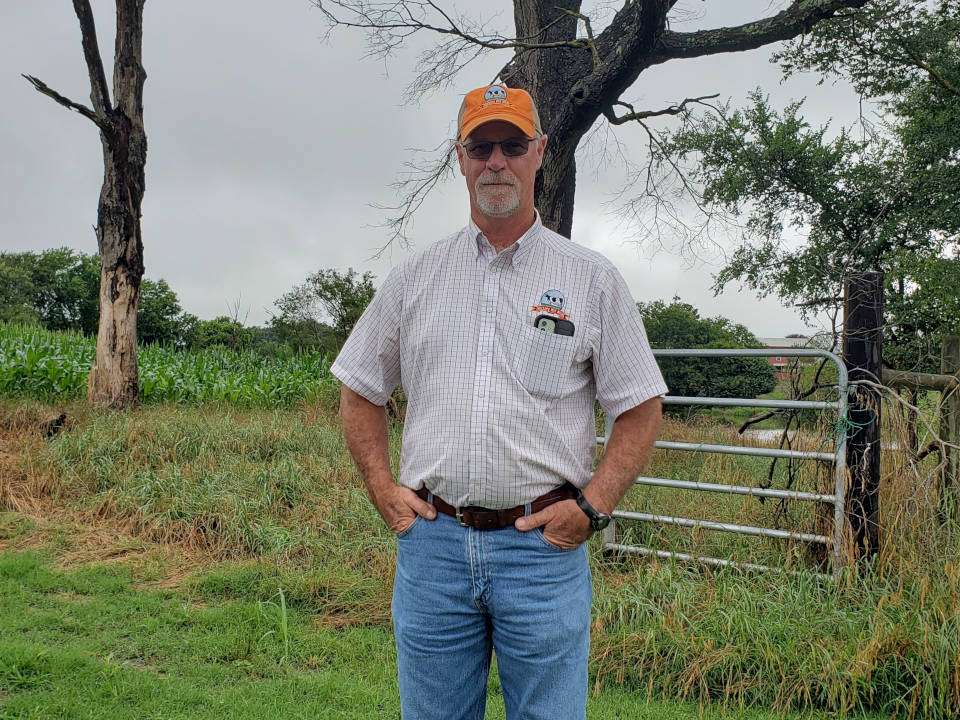
Our first interview took place in the bottling plant with Owner Watson Dorn.
I don’t know about you, but I always get confused between homogenized and pasteurized. Watson had an explanation. Pasteurization kills the pathogens that can make us sick. Homogenization basically shakes milk up to blend it — the cream and milk don’t separate. Most people are used to homogenized milk. The Dorns believe non-homogenized milk tastes better and is easier to digest. I’m pretty sure I agree after our visit.
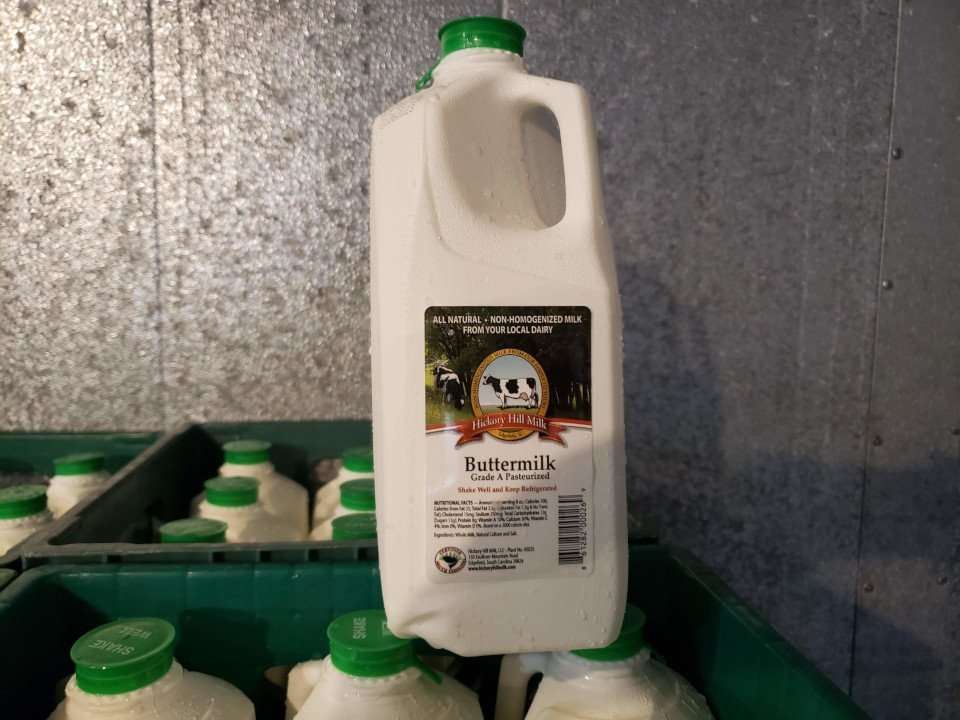
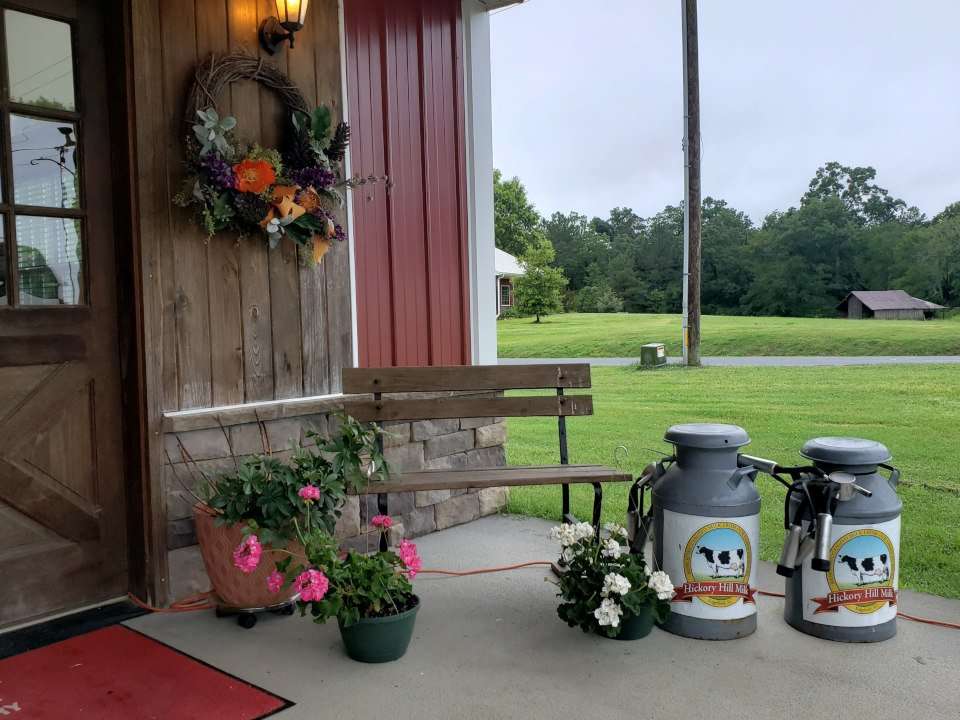
How about a couple of fun facts? Because Hickory Hill’s milk is non-homogenized those who are lactose intolerant can better digest it and maybe say goodbye to plant-based milk alternatives. I never did understand how you can get milk out of an almond. Let’s talk buttermilk, a byproduct of churned milk. Buttermilk is cultured for 24 hours and the longer it’s refrigerated the creamier it becomes. Where’s the fun fact? If you have a tummy ache drinking 3 ounces of buttermilk might take it away. The final fun fact, which is my favorite: Drinking non-homogenized whole milk may actually help with weight loss.
What?!! Why is this? A little bit of research did not 100% confirm that. However, studies do suggest drinking non-homogenized whole milk may reduce the risk of metabolic syndrome, reduce the chances of weight gain, help protect against type 2 diabetes, and help with reproductive health and infertility. Spoken like a true nurse.
I think it is time for that chocolate milk break. This really surprised me, why I don’t really know. Time to leave the bottling plant and head out to the porch.
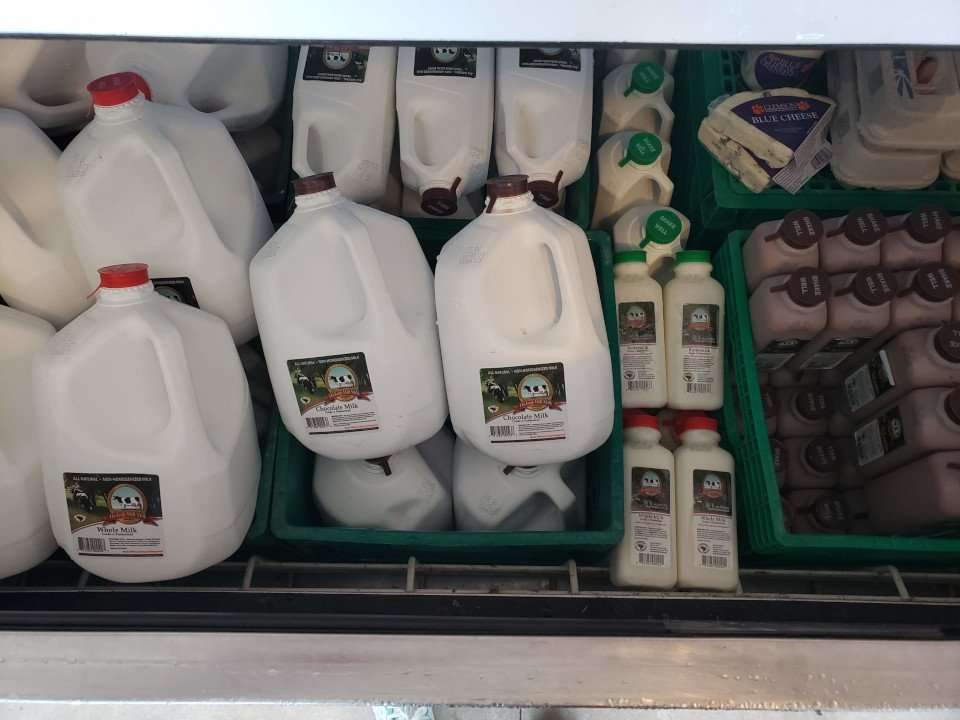
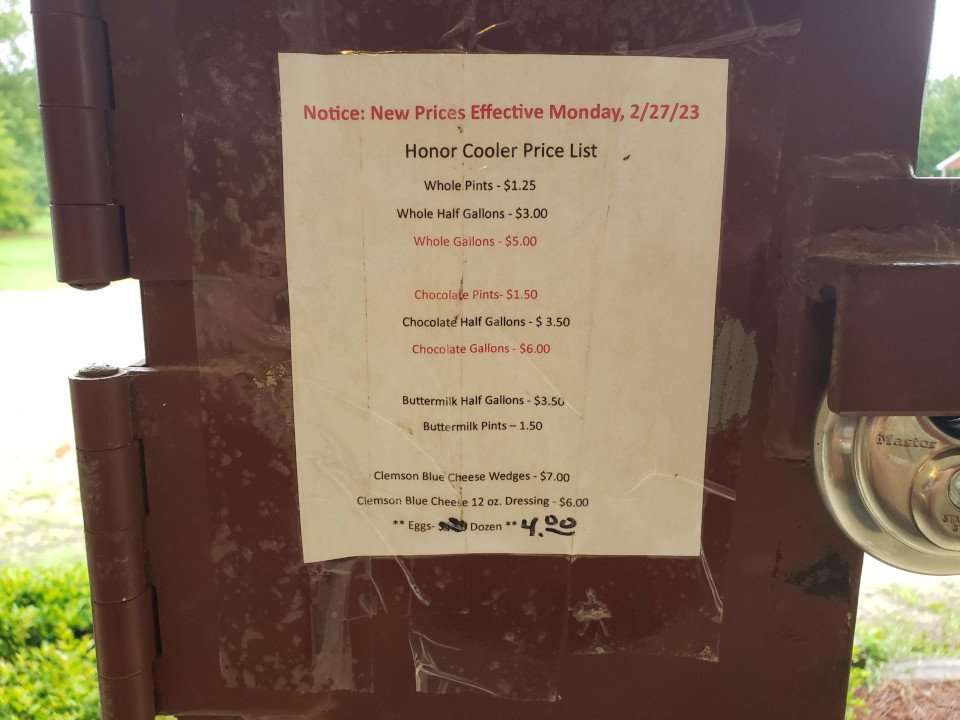
The first thing I noticed, besides the huge refrigerator sitting on the porch, was a box. Just a plain wooden box. The refrigerator is unlocked and packed with Hickory Hill goodness — people come by and pick up what they want on the honor system. The wooden box is for the money. Co-owner Daniel Dorn, Watson’s son, started this concept during the first Covid outbreak. People from all over came to that huge refrigerator, took dairy and milk products, and paid what they could. You’d think people might take advantage of that. Turns out Watson continues the honor system and actually sells three-times more milk than at any of the supermarkets where you can find Hickory Hill.
At some point Watson opened the huge refrigerator, pulled out five bottles of chocolate milk, and handed them to us. Oh my goodness, it was the best chocolate milk I have tasted. Please shut your eyes and picture something so cold, rich, and creamy sliding down your throat like liquid velvet. Just thinking about it could make you salivate. I drank mine a bit too fast and got a tummy ache. I probably should have asked Watson for a bottle of buttermilk. Sorry folks no pictures. I was too busy drinking my chocolate milk.
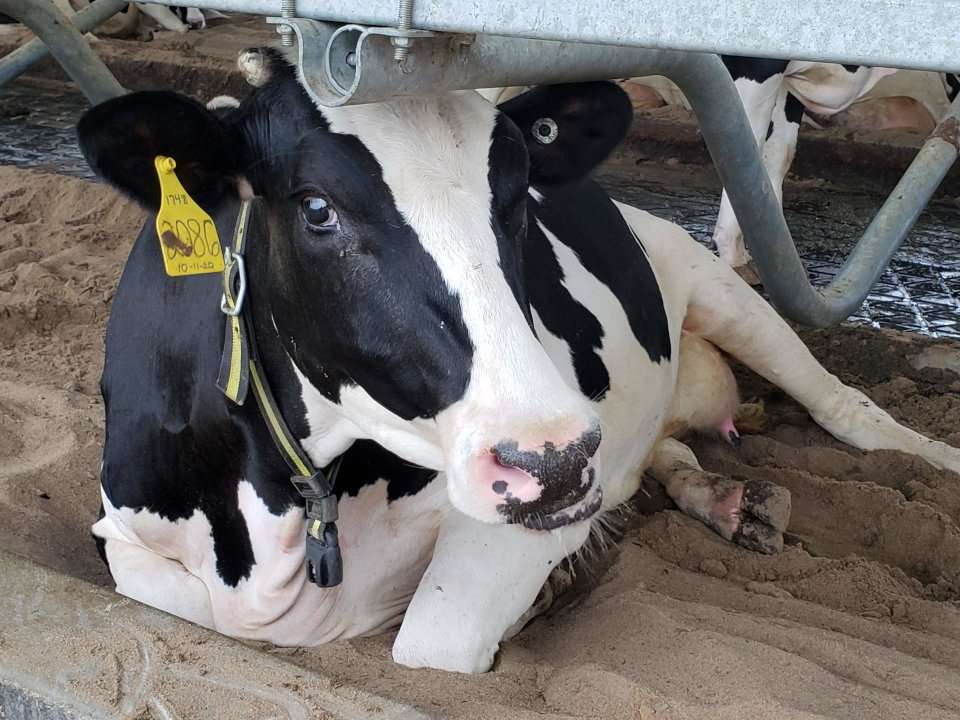
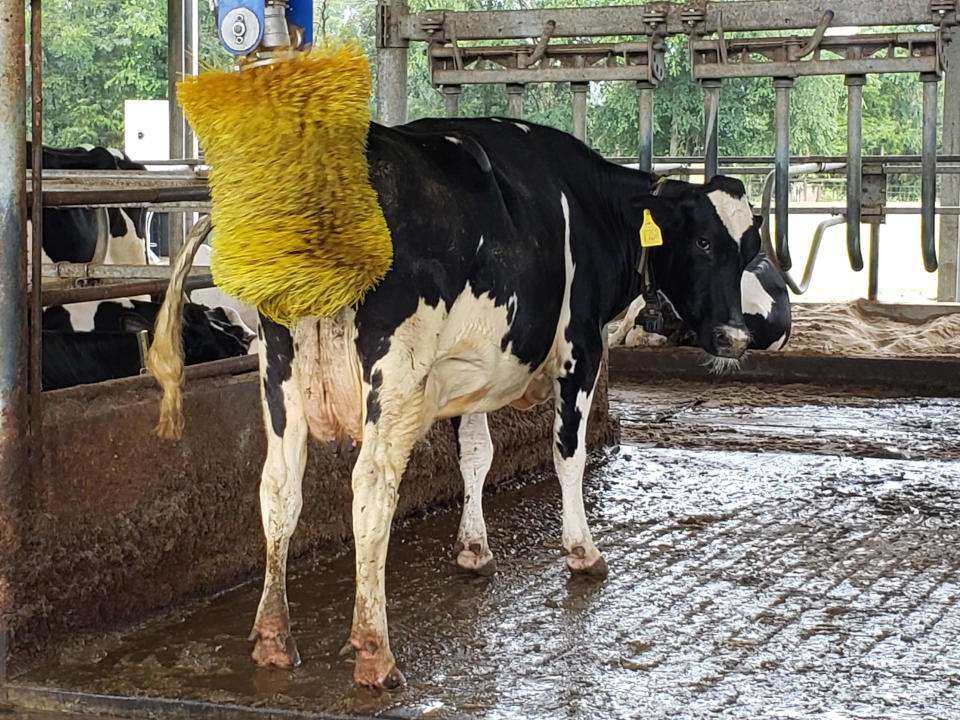
On to the barn to meet the lovely ladies behind all this goodness. During Chip’s interview with Daniel I wandered off, took some pictures, and asked questions. Watson was so very patient with me.
What’s with the above picture? The cow is having her personal massage. Totally no fair. All the cow has to do is nudge a small bar activating a brush. She doesn’t even have to move. The brush does all the work. Could be my imagination, but the look on her face made me feel like I was interrupting something really important.
I learned so much. Out of the herd, 15 cows are used for breeding purposes only and after 60 days following a calf’s birth they can breed again. Ugh — that’s a lot of work.
The cows also wear something similar to a Fit Bit. It monitors how many steps they take, the number of times they chew their food, and how much food is eaten. A healthy cow will chew their food eight hours a day — if they are not chewing, the Dorns know they may be sick or in heat.
The ladies have a plant based and mineral blend diet and clean bedding. If the temperature goes above 75 degrees, fans keep them cool, and their barn is constantly flushed out removing you-know-what. What more can a girl ask for?
I asked Watson if the cows ever go out into the pastures. The answer is surprisingly not often. They can if they want, but they choose to stay in their comfortable barn. I guess there is no place like home!
Here is another fun fact, a happy cow makes 10 more gallons of milk a day. I think the Dorns have that covered.
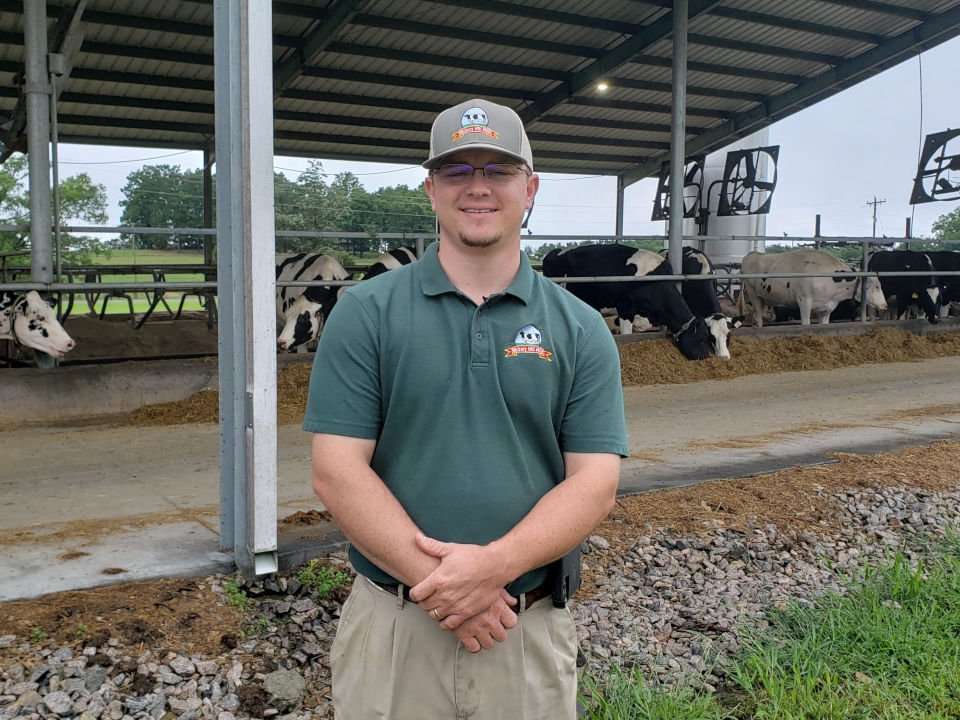
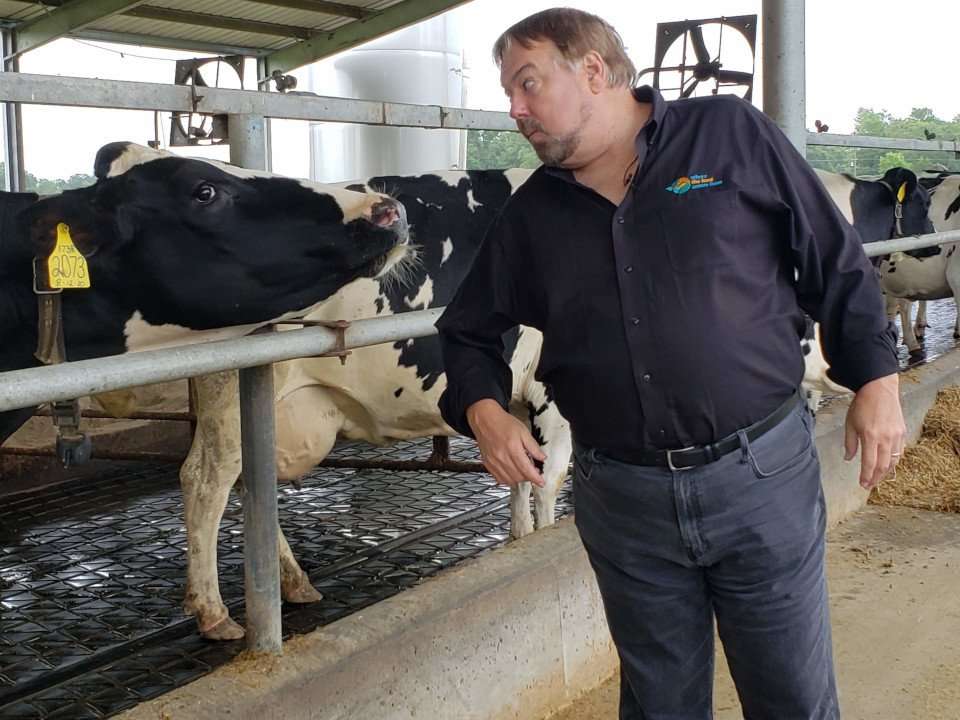
The robotic milking machines are a wonder to behold. How do the cows know to go step onto the conveyor belt? They are kind of trained. I was told new cows watch the other cows but may have to be rerouted. It usually takes about 15 tries for the newbies to learn this process. Pretty cool.
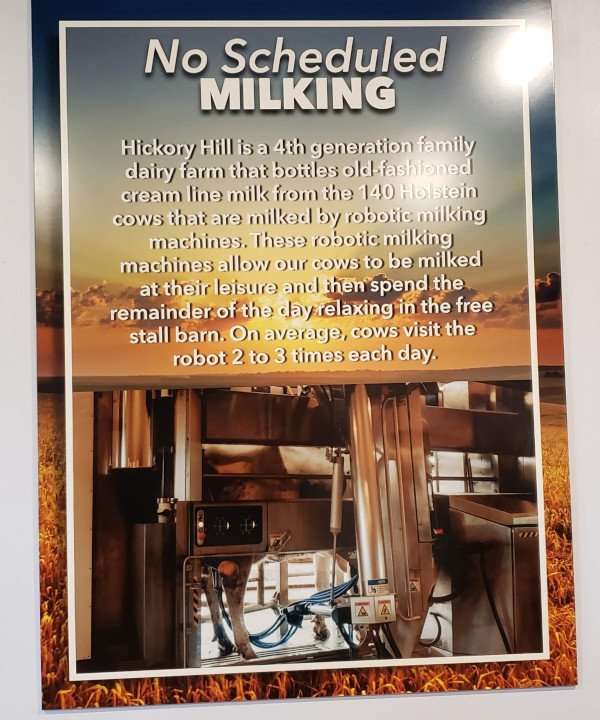
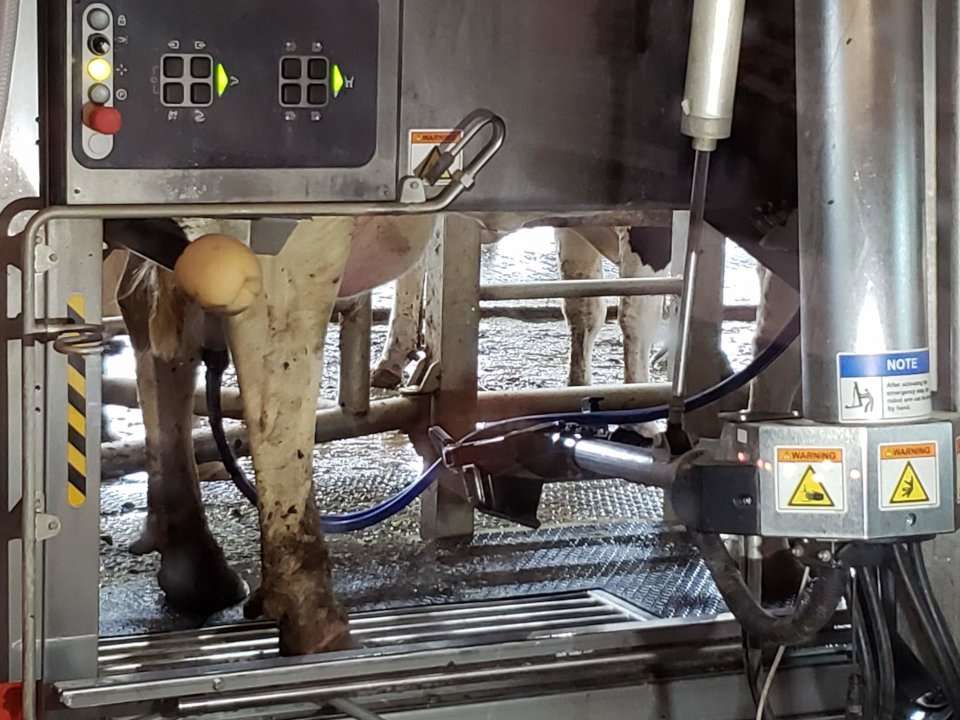
We all know how important sterile technique is to me so here I go asking more questions. Before I continue there was something I did not understand. Watson, Daniel and Chip kept referring to the udders as teats. This confused me and I didn’t want to admit it. So I did go to everyone’s favorite source – Google. Turns out the teats actually come out of the udders. Who knew! Back to the milking.
Here is kind of how the process goes. Before milking the teats are washed with a chloride solution, the cow is milked, and once the milking is completed a 5% iodine solution rinses the teats. This process is seen during the episode and, trust me, it is really worth watching.
Being a women’s health nurse we always monitored our new moms for mastitis. Mastitis is a condition where the breast gets infected. An advanced case of mastitis is not a pretty sight and is extremely painful. Well it turns out cows can get mastitis too. Sanitation and the medication oxytocin take care of that.
Off to the cornfield! Somebody has to grow all that food the ladies eat.
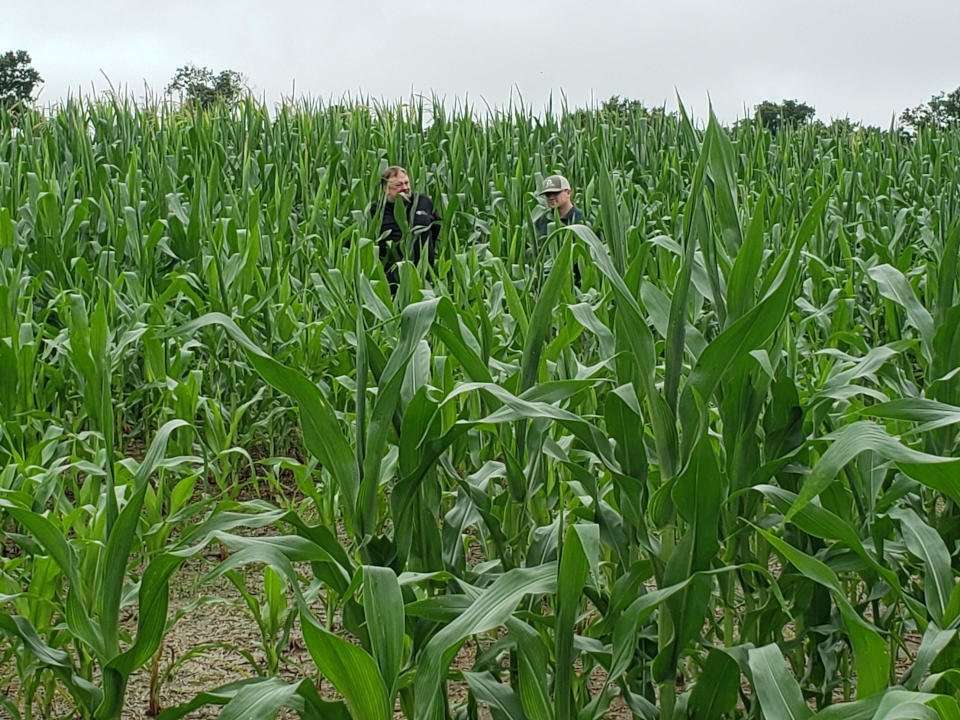
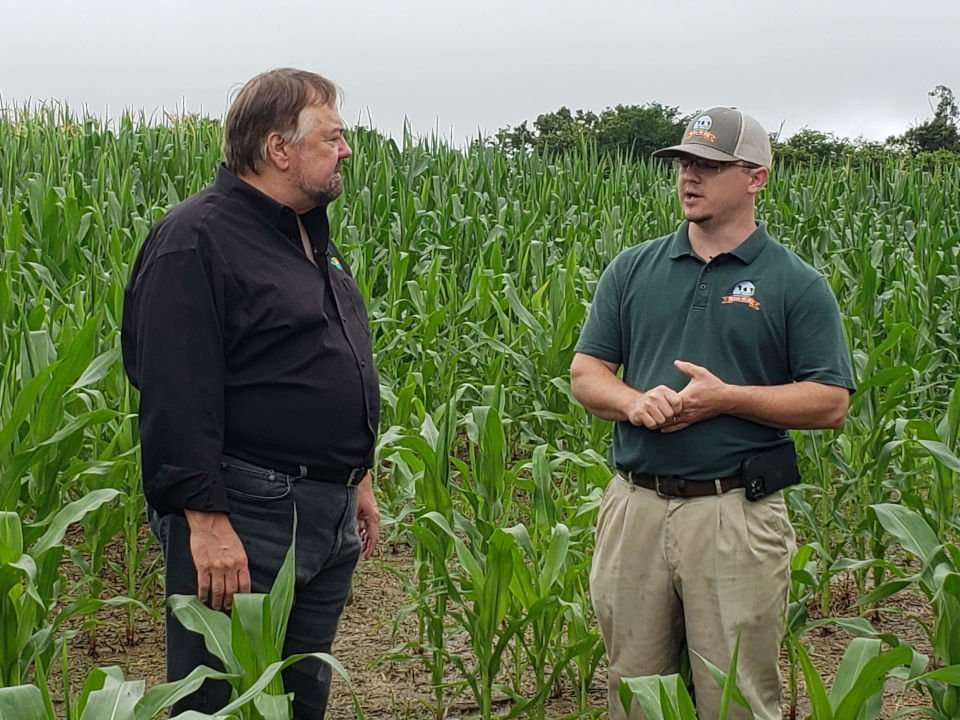
Time for my Where’s Waldo picture. Can you tell who is walking through the cornfield? No doubt you can. Daniel told Chip about how the robotic milking machine has freed up time for the family to do other things. Good for them, after all a farmer’s work is never done. I hope the Dorn’s take advantage of this but something tells me they just find more things to do. Like grow this corn.
How about a few more fun facts? Watson’s cows eat 100 – 120 pounds of food a day, excrete 80 pounds of manure a day, and each cow drinks 20 – 30 gallons of water a day.
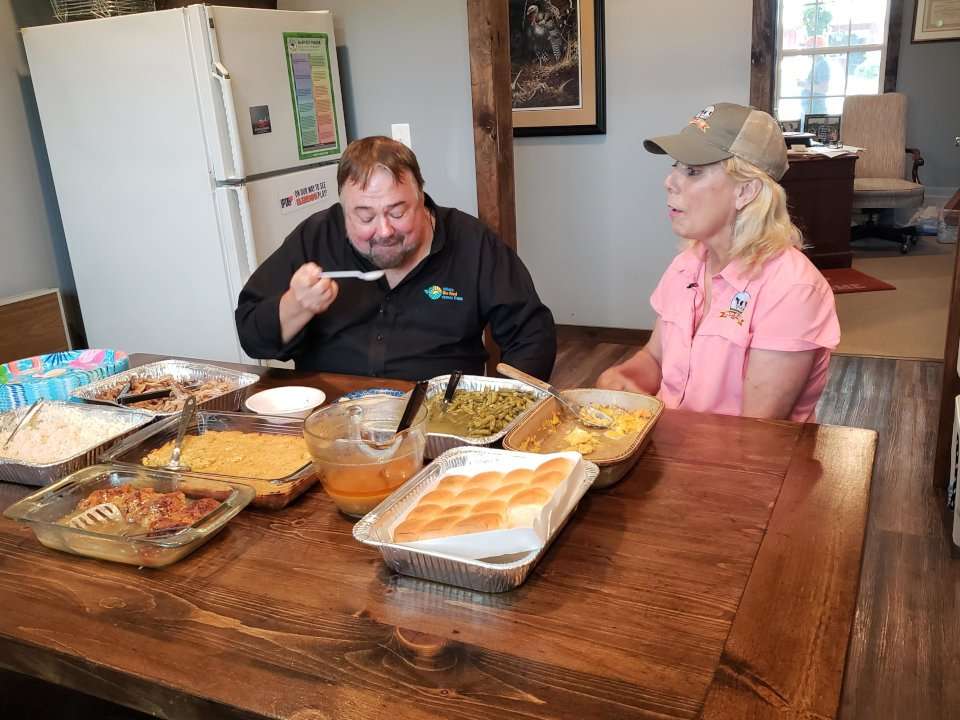
Remember I mentioned two parts of the episode being the most fascinating for me? Well here it comes and don’t laugh. Lunch, yeah lunch. For the record I ate way too much. In the kitchen of the chow hall is where we meet Chief Financial Officer Lisa Dorn, who happens to be Watson’s wife. I will skip the details of the interview. Chip does a great job in the episode.
Lisa is amazing and what she does every Thursday is even more amazing. On Thursdays she cooks lunch for all employees, truck drivers, and anyone else who happens to be around. No easy task. She gets up at 4:00 in the morning to cook this amazing spread. For 18 years I got up at 4:00 a.m. myself — “No bueno,” but duty calls.
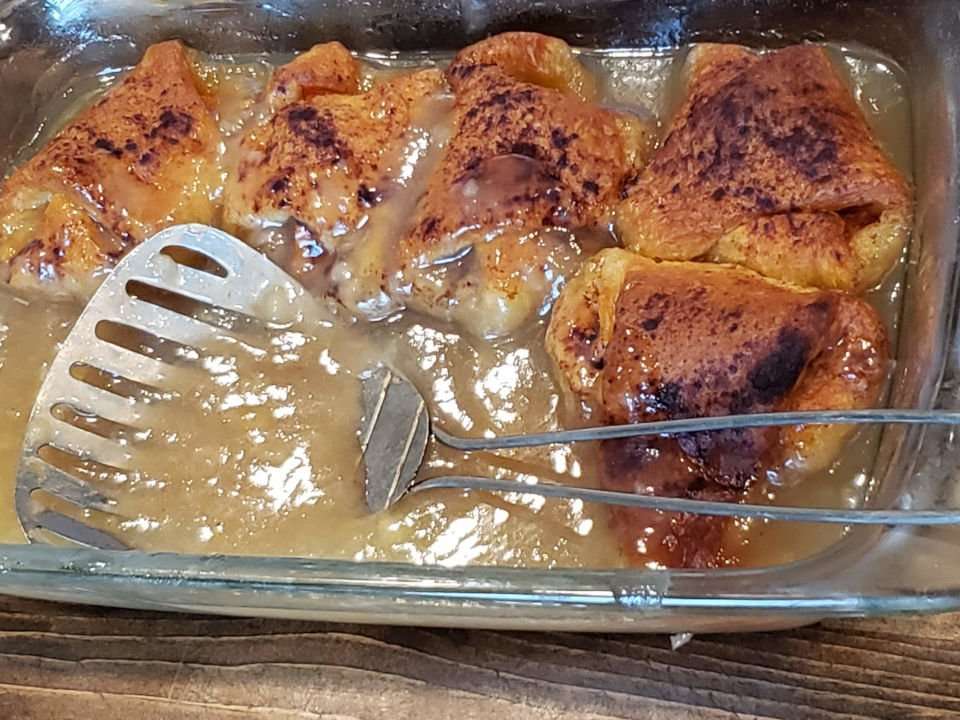
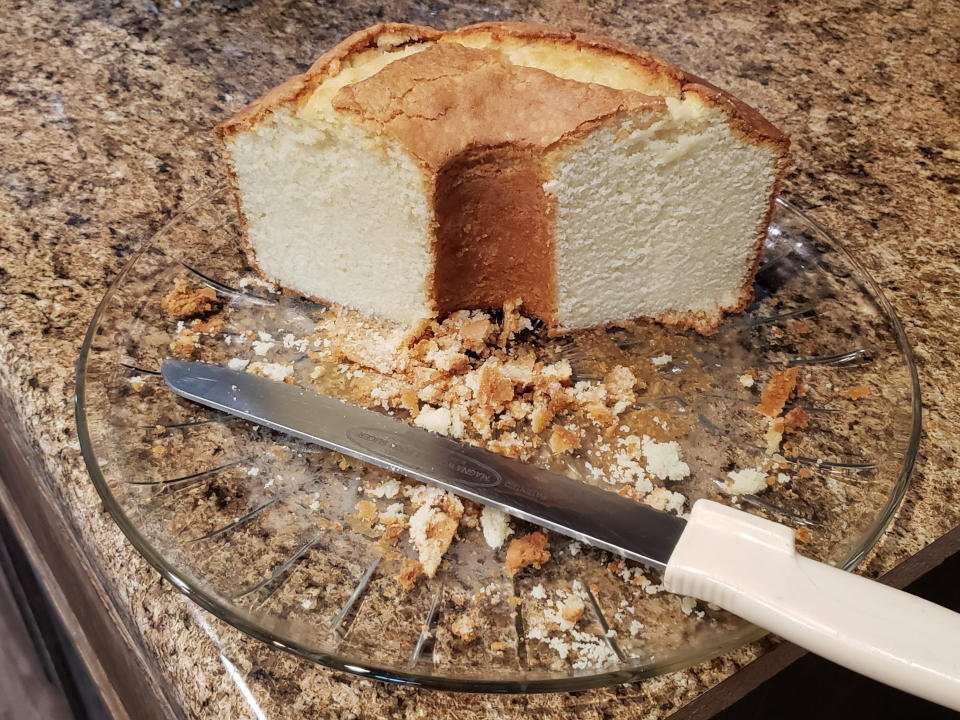
Lisa gave me her recipe for Sweetpotato Dumplings (which are to die for) and her Pound Cake. She gave me the recipe for the pound cake while I was chatting with her in the kitchen and may not even know she did. You can tell by the pictures I took after everyone ate them just how good they are. Both recipes will soon be available in the Where The Food Comes From Cookbook.
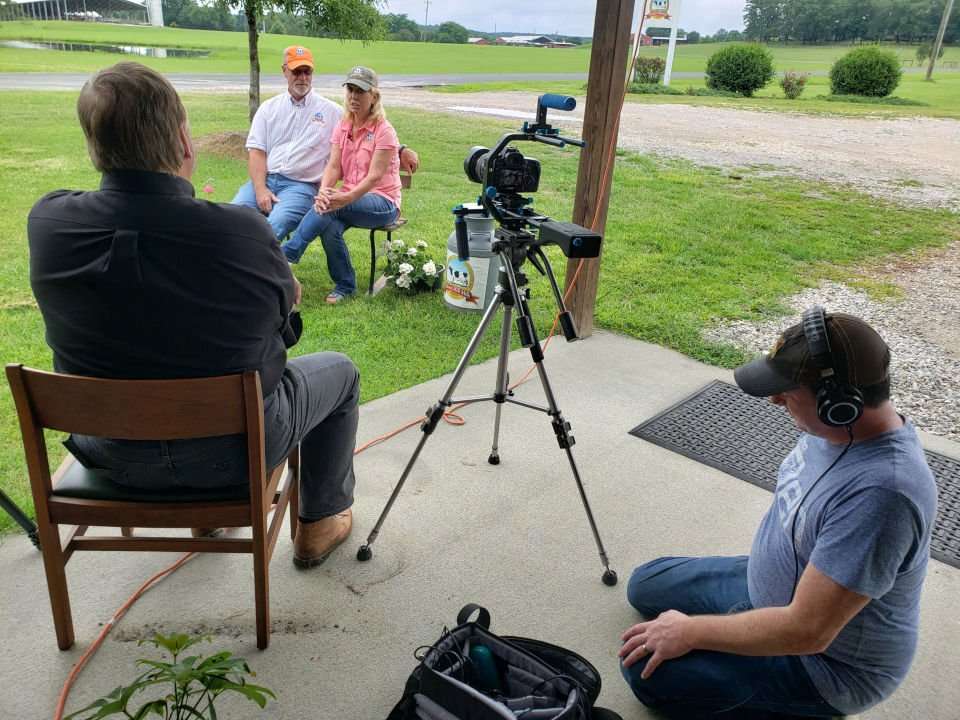
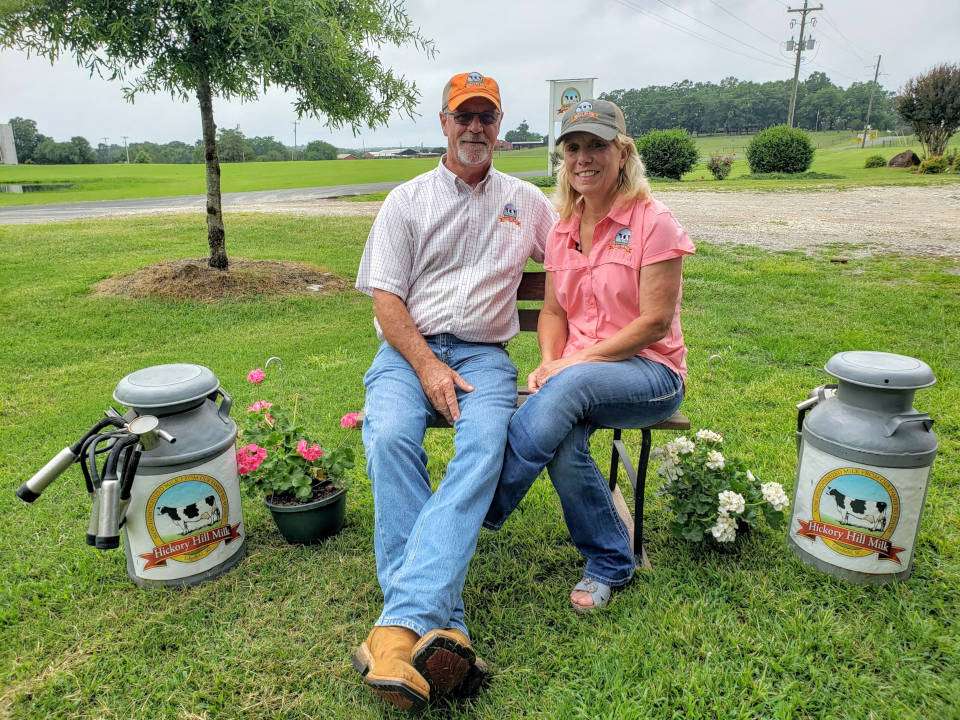
I guess by now you can figure out who our last interview is with. Right again, Lisa and Watson Dorn. Their interview took them back to high school right up until where they are now. They spoke about how they met, their backgrounds, and their future goals. It was a beautiful interview. I cannot due it justice but Chip does an amazing job in the interview. Thank you Chip.
Hickory Hill Milk is a place worth seeing. They do offer farm tours and educational sessions. Check out their website Hickory Hill Milk for more information.
As for me, well I just hope to get another invitation to visit. Preferably on a Thursday to eat more of Lisa’s cooking and maybe even pick up a few more recipes.
